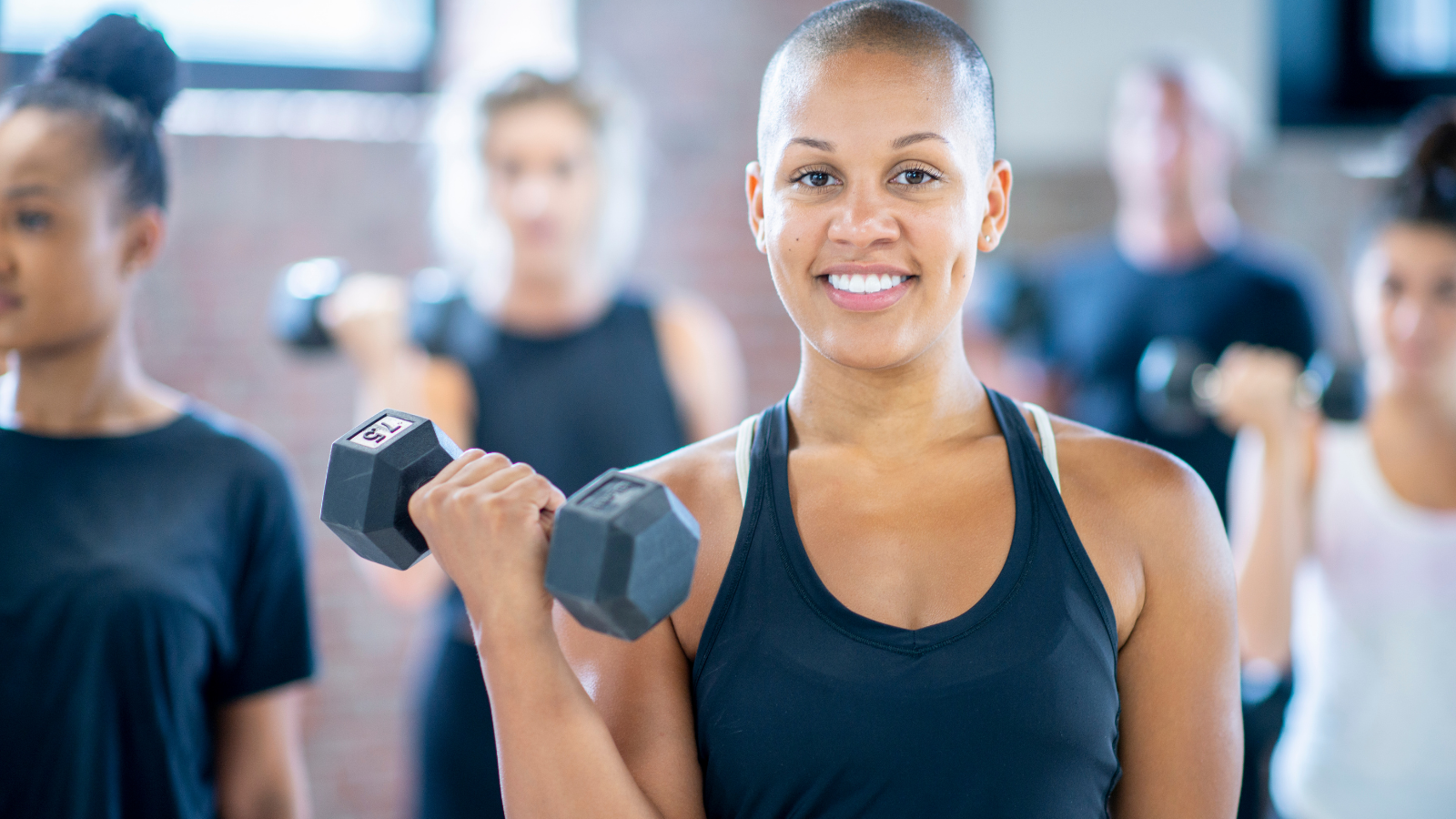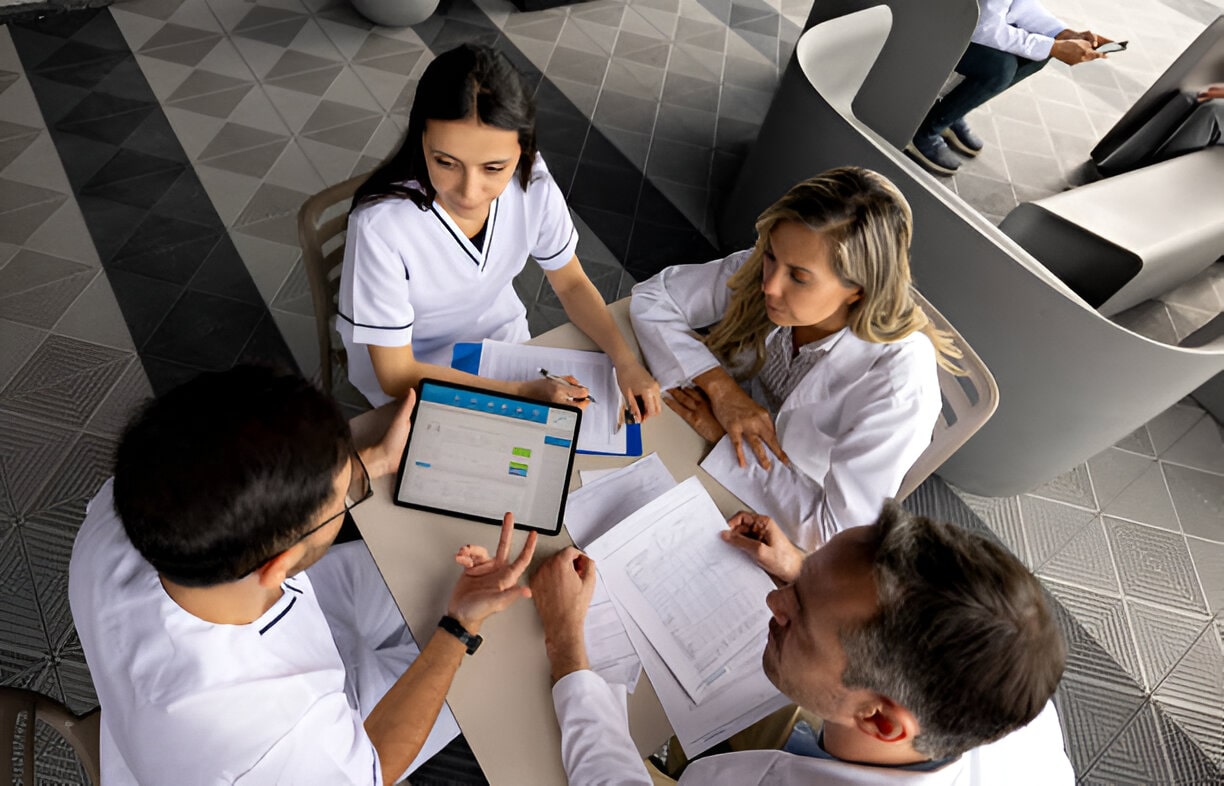Ageing is an inevitable part of life that everyone experiences. As we grow older, our bodies undergo numerous changes that can affect our appearance, health, and overall well-being. Many people are on a constant quest to find ways to delay the aging process and maintain a youthful appearance and vitality. One common question that arises is whether exercising a lot can delay aging. In this blog, we will explore the relationship between exercise and aging, examining the scientific evidence and uncovering the truth.
Whereas exercise has an enormous contribution in maintaining your heart healthy, reducing weight, and increasing energy levels, it might also assist in some age problems, such as erectile dysfunction (ED), many men face after aging. Coupled with changing lifestyles, there are some reliable medications that might aid sexual well-being as well. Options such as Fildena 100 mg, Vidalista 20, and Vidalista 40 are widely prescribed medications that can provide temporary relief from age-related ED by enhancing blood flow and enabling men to achieve and sustain stronger erections when desired.
The Science of Aging
Aging is a complex process influenced by genetic, environmental, and lifestyle factors. As we age, our cells undergo changes that can lead to a decline in function and an increased risk of chronic diseases. Key processes involved in aging include:
- Cellular Senescence: Cells lose their ability to divide and function properly, leading to tissue damage and inflammation.
- Telomere Shortening: Telomeres, protective caps on the ends of chromosomes, shorten with each cell division, eventually leading to cell death.
- Oxidative Stress: Accumulation of free radicals damages cells and DNA, contributing to aging and disease.
- Mitochondrial Dysfunction: Decline in the function of mitochondria, the energy-producing structures in cells, leads to reduced energy and cellular damage.
The Role of Exercise in Aging
It is widely recognized for its numerous health benefits, including improving cardiovascular health, enhancing muscle strength, and promoting mental well-being. But can exercise also delay the aging process? Let’s delve into the evidence.
1. Cellular Senescence and Exercise
Regular physical activity has been shown to reduce cellular senescence. Exercise promotes the removal of senescent cells and stimulates the production of new, healthy cells. This helps maintain tissue integrity and function, potentially slowing down the aging process. Studies have found that physically active individuals have fewer senescent cells compared to sedentary individuals, suggesting that exercise can help preserve cellular health.
2. Telomere Length and Exercise
Telomeres play a crucial role in protecting our DNA, and their length is considered a marker of biological aging. Research indicates that regular exercising is associated with longer telomeres. A study published in the journal Circulation found that adults who engaged in high levels of physical activity had significantly longer telomeres compared to those who were less active. This suggests that exercise may help delay cellular aging by preserving telomere length.
3. Oxidative Stress and Exercise
Exercise has a dual role when it comes to oxidative stress. While intense exercising can temporarily increase the production of free radicals, regular moderate exercising enhances the body’s antioxidant defenses, reducing overall oxidative stress. By lowering oxidative stress, exercise helps protect cells and tissues from damage, which can slow the aging process.
4. Mitochondrial Function and Exercise
Mitochondria are the powerhouses of our cells, and their function declines with age. Exercise has been shown to improve mitochondrial function and increase the production of new mitochondria. This leads to better energy production and cellular health. A study published in Cell Metabolism found that older adults who engaged in regular aerobic exercise had improved mitochondrial function, similar to that of younger individuals.
The Benefits of Different Types of Exercise
Not all exercise is created equal, and different types of physical activity offer unique benefits. Here’s how various forms of exercising contribute to delaying the aging process:
1. Aerobic Exercise
Aerobic exercises, such as walking, running, cycling, and swimming, are excellent for cardiovascular health. They improve heart health and lung function, increase blood circulation, and enhance endurance. Aerobic exercising has been linked to longer telomeres, reduced oxidative stress, and improved mitochondrial function, all of which contribute to delaying aging.
2. Strength Training
Strength training, or resistance exercising, involves lifting weights or using resistance bands to build muscle mass and strength. As we age, we naturally lose muscle mass, a condition known as sarcopenia. Strength training helps counteract this loss, improving muscle function and reducing the risk of falls and fractures. It also stimulates the production of growth factors that support tissue repair and regeneration.
3. Flexibility and Balance Exercises
Exercising that enhance flexibility and balance, such as yoga and tai chi, are essential for maintaining mobility and preventing injuries. These activities improve joint health, reduce stiffness, and enhance overall physical function. Additionally, they promote relaxation and reduce stress, contributing to better mental health and well-being.
Practical Tips for Incorporating Exercise into Your Routine
To reap the benefits of it and delay the aging process, it’s important to incorporate regular physical activity into your routine. Here are some practical tips:
- Set Realistic Goals: Start with achievable desires and gradually boom the depth and duration of your exercising..
- Mix It Up: Incorporate a variety of exercising, including aerobic, strength training, and flexibility exercises, to target different aspects of fitness.
- Stay Consistent: Consistency is key. Aim for as a minimum s of mild-depth aerobic activity or 75 of lively-intensity hobby per week, alo150g side energy schooling sporting activities on or extra days according to week.
- Listen to Your Body: Pay interest to how your body feels and keep away from overexertion. Rest and recovery are crucial additives of a a success exercising recurring.
- Seek Professional Guidance: If you’re new to exercise or have any health concerns, consider consulting a fitness professional or healthcare provider to create a safe and effective workout plan.
Conclusion
The evidence is clear: regular exercising can play a significant role in delaying the aging process. By promoting cellular health, preserving telomere length, reducing oxidative stress, and improving mitochondrial function, exercising helps maintain physical and mental well-being as we age. Incorporating a variety of exercising into your routine, staying consistent, and listening to your body are key strategies for harnessing the anti-aging benefits of physical activity. So, lace up your sneakers, grab your yoga mat, or head to the gym – your future self will thank you for it!











